 A Tour of Hyogo's Terroir
A Tour of Hyogo's Terroir
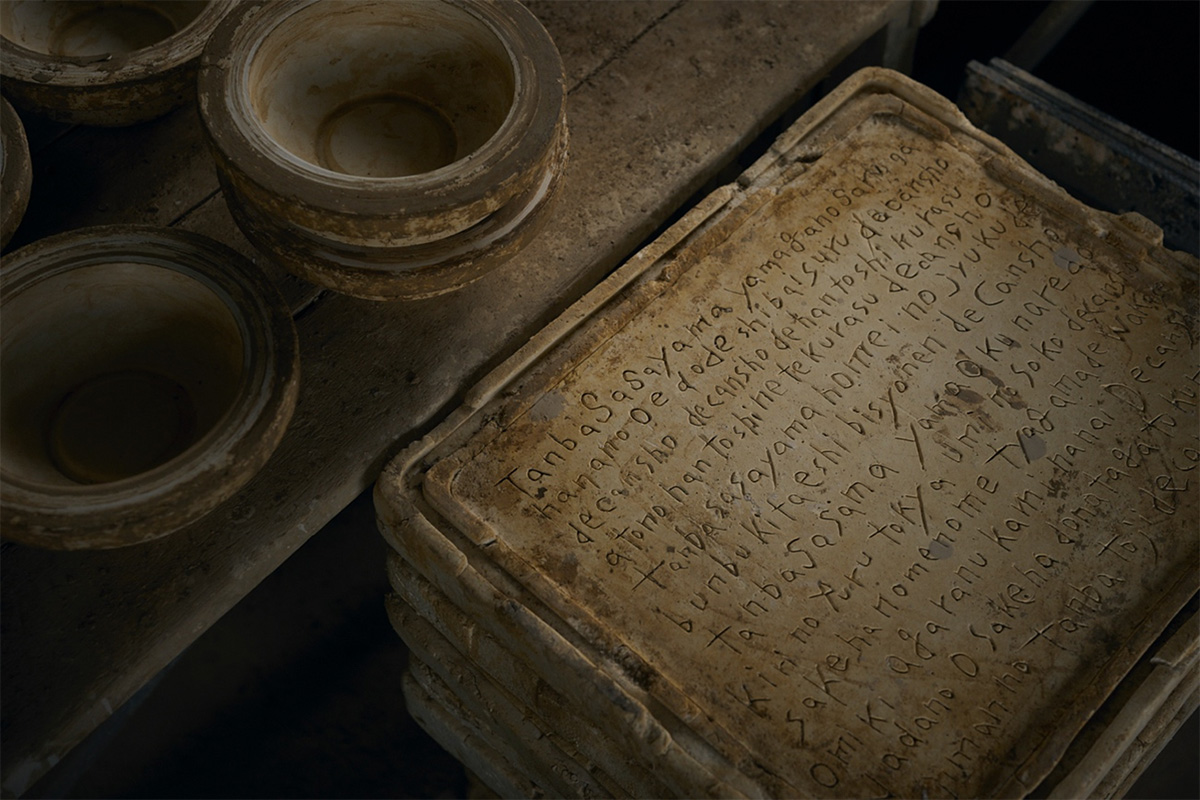
A pottery mold engraved with the lyrics of the “Dekansho Bushi” in Roman letters. This song celebrates the climate, landscape, specialties, and character of Tanba Sasayama.
In the mountainous area close to Kyoto and Osaka, there lies the pottery village of Tanba Sasayama, where pottery has continued to thrive. Tanba pottery, which began about 850 years ago, has been produced without interruption ever since. It is also one of the “Six Ancient Kilns of Japan” (Nihon Rokko-yō), a term referring to six major traditional pottery production areas that have continued production from the medieval period to the present day.
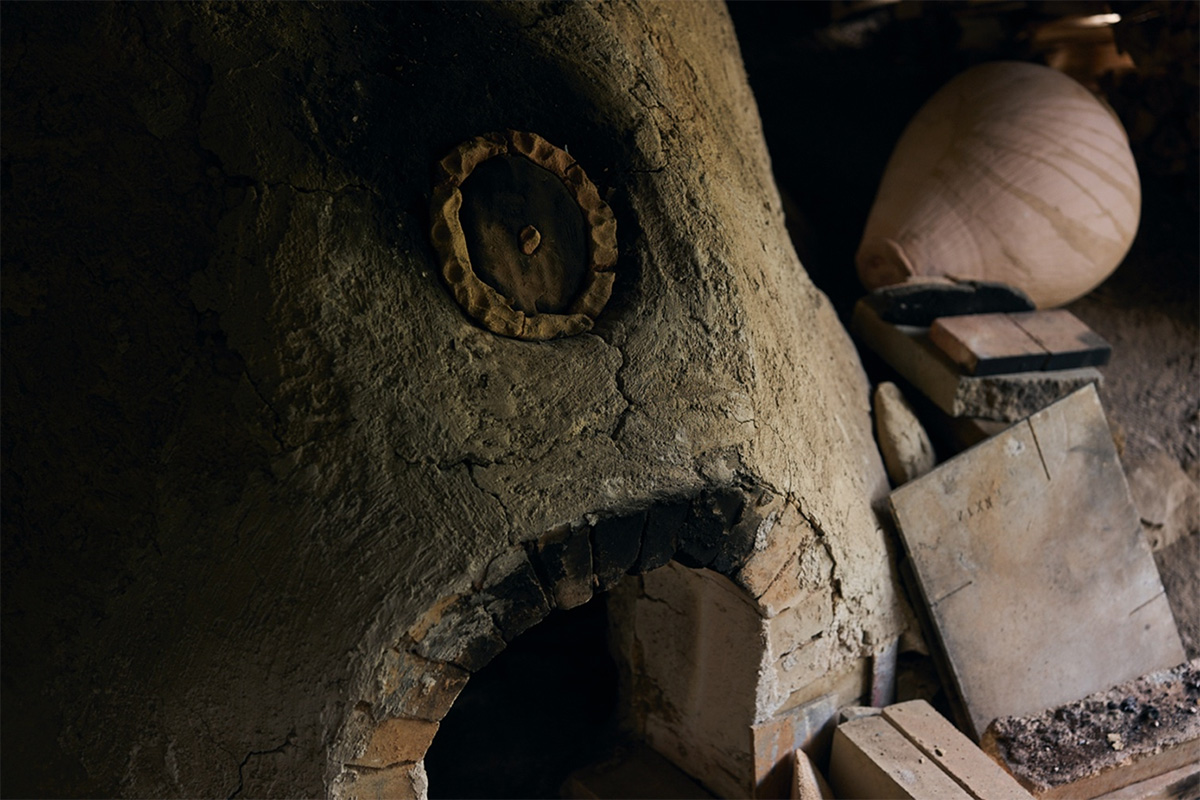
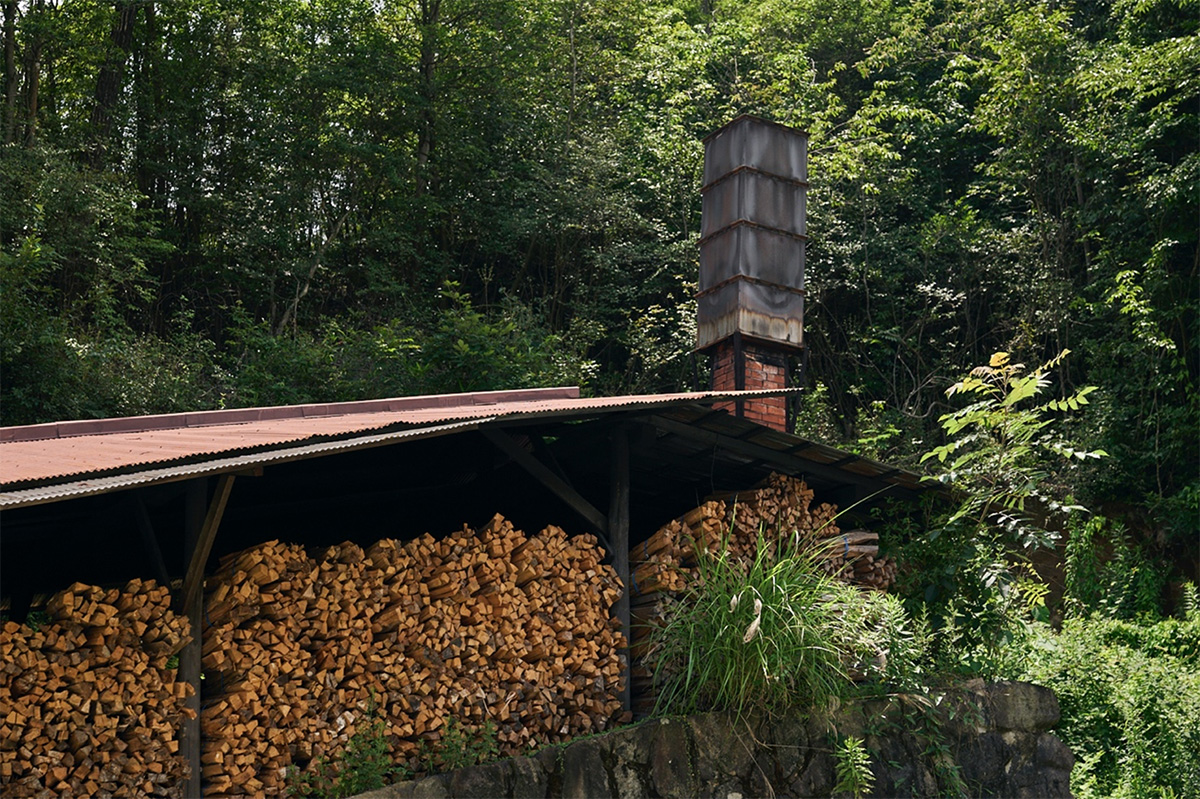
The climbing kiln (noborigama), which stretches across a slope of about 15 meters, has nine firing chambers arranged along the incline. The firewood stacked beside the kiln is dried for about three months before being used up entirely in a single firing process.
The Konda district, where many of the approximately 60 Tanba-yaki kiln makers have their workshops, is a peaceful rural area that is pleasant to stroll through. In this region, climbing kilns (noborigama), which utilize the slope of the mountains, have been used since around 1611. The kiln makers who use this traditional climbing kiln 4-5 times a year, with smoke rising from their kilns, are known as “Tanbungama.”
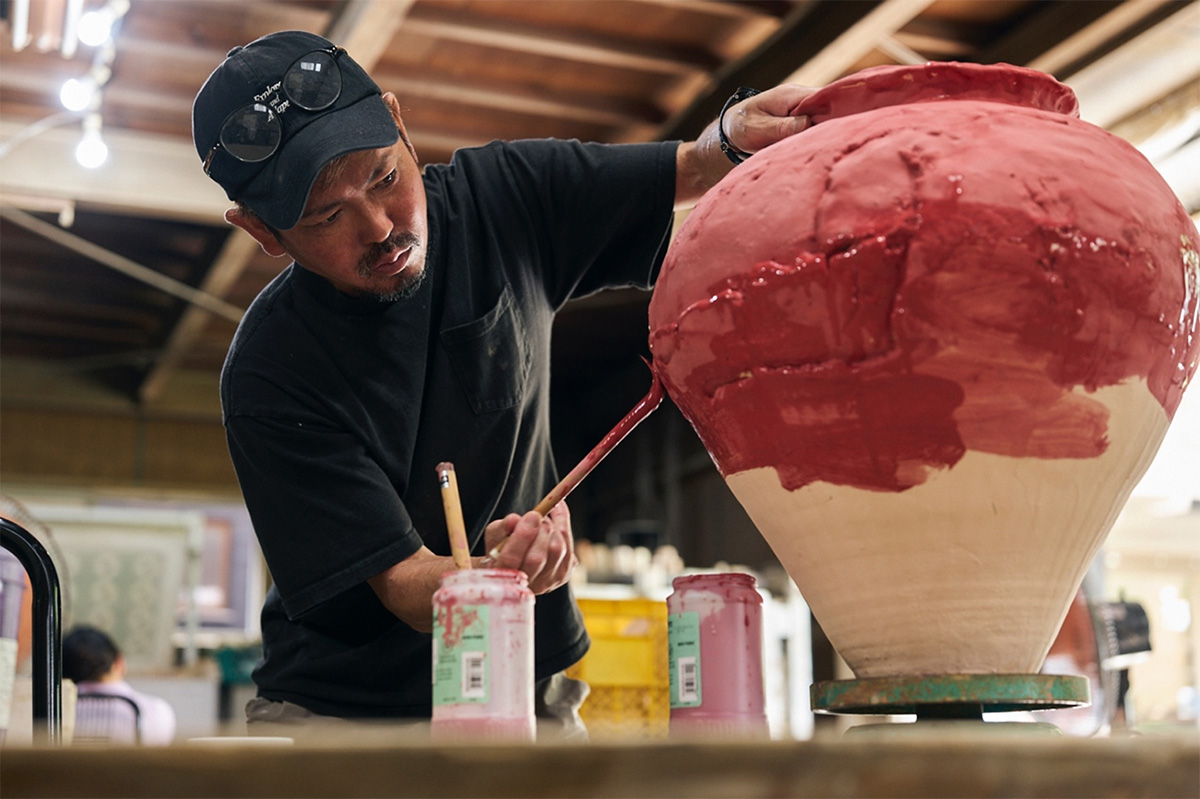
“Where there is a kiln, there is good clay and good wood,” says Masafumi Onishi, the fourth-generation kiln master of “Tanbungama.” The current series he is working on, called “Akatanba” (Red Tanba), is a sensational brand characterized by its striking red color, born from a pursuit of the “red clay” region.
Recently, there has been a growing demand for everyday-use pottery, and depending on the purpose, some pieces are fired using electric or gas kilns. However, Onishi’s work is always fired in a traditional climbing kiln. The clay he uses is a blend of clay he personally collects from the mountains and rice fields of Tanba, as well as clay from the area surrounding the ruins of an Heian period kiln nearby. He is inspired by the legendary “Akadobe” (red clay) tradition, which was only passed down for 100 years during the Edo period, and has continued his focus on clay and the use of a climbing kiln.
“Even if I make them the same way, the temperature and humidity at the time of firing change the expression each time. When fired in a climbing kiln, the natural flavor and texture come out, and that’s the charm of it – no two pieces are ever the same.”
When firing in a climbing kiln for about 60 hours at a high temperature of 1,300 degrees Celsius, pine wood logs used as fuel turn to ash and fall onto the pottery. This creates a phenomenon called “ash glazing,” where the ash interacts with the clay’s components and glazes, causing a chemical reaction. This unique process produces the distinctive colors and patterns found in Tanba ware. Once the fire is lit, the kiln must be tended to for about three days.
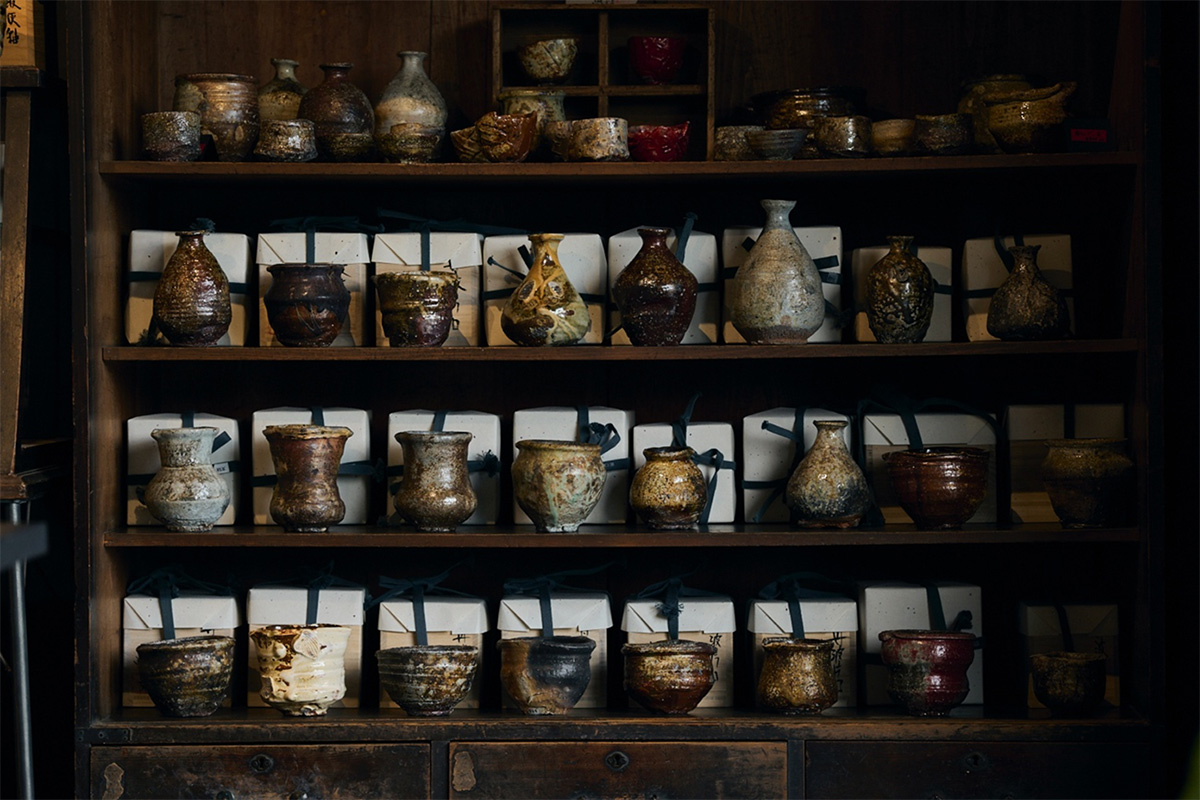
At the gallery “TANBUNGAMA109” located at the foot of the workshop, only works created by Masafumi Onishi, fired in the climbing kiln, are sold.
Address: 109 Shimotatehiki, Konda-cho, Tanba Sasayama City, Hyogo/Phone: 090-4304-7184/Business hours: 11:00 AM to 4:00 PM (irregular holidays)
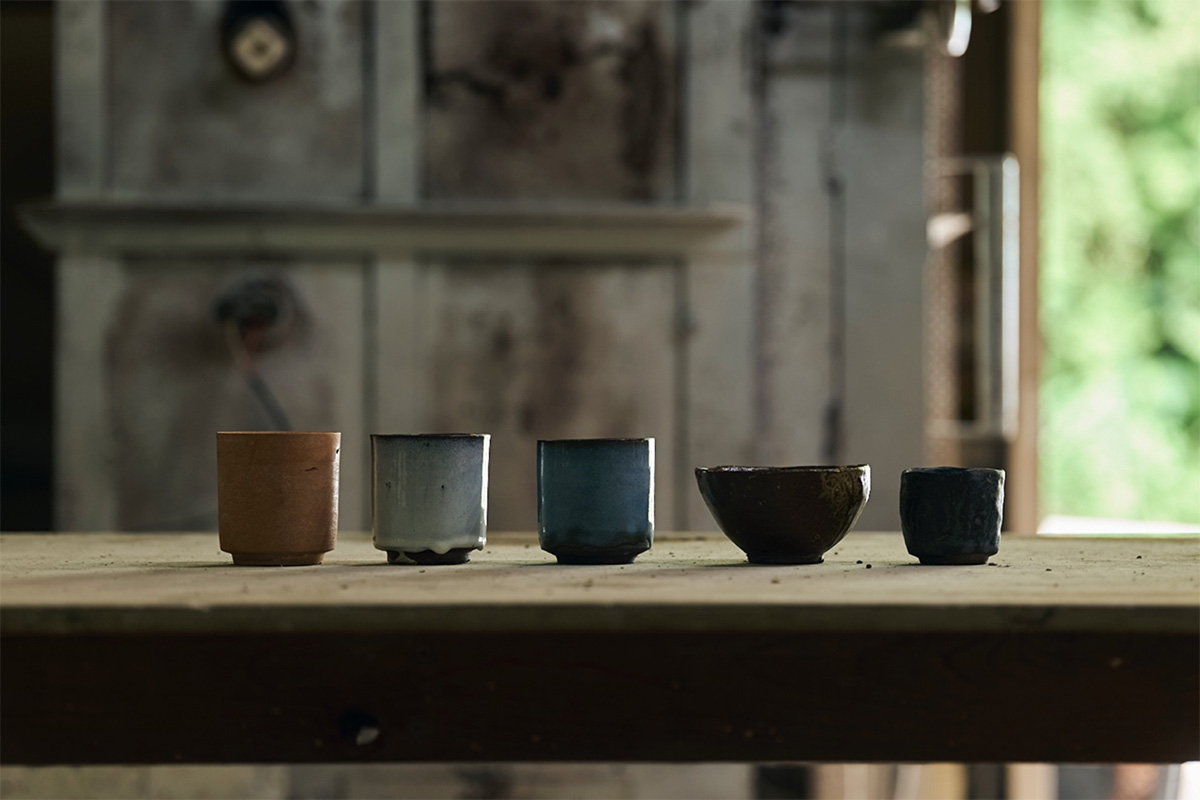
In the “Tanbungama” pottery experience, you can choose from four glaze colors: white, light blue, black, and brown.
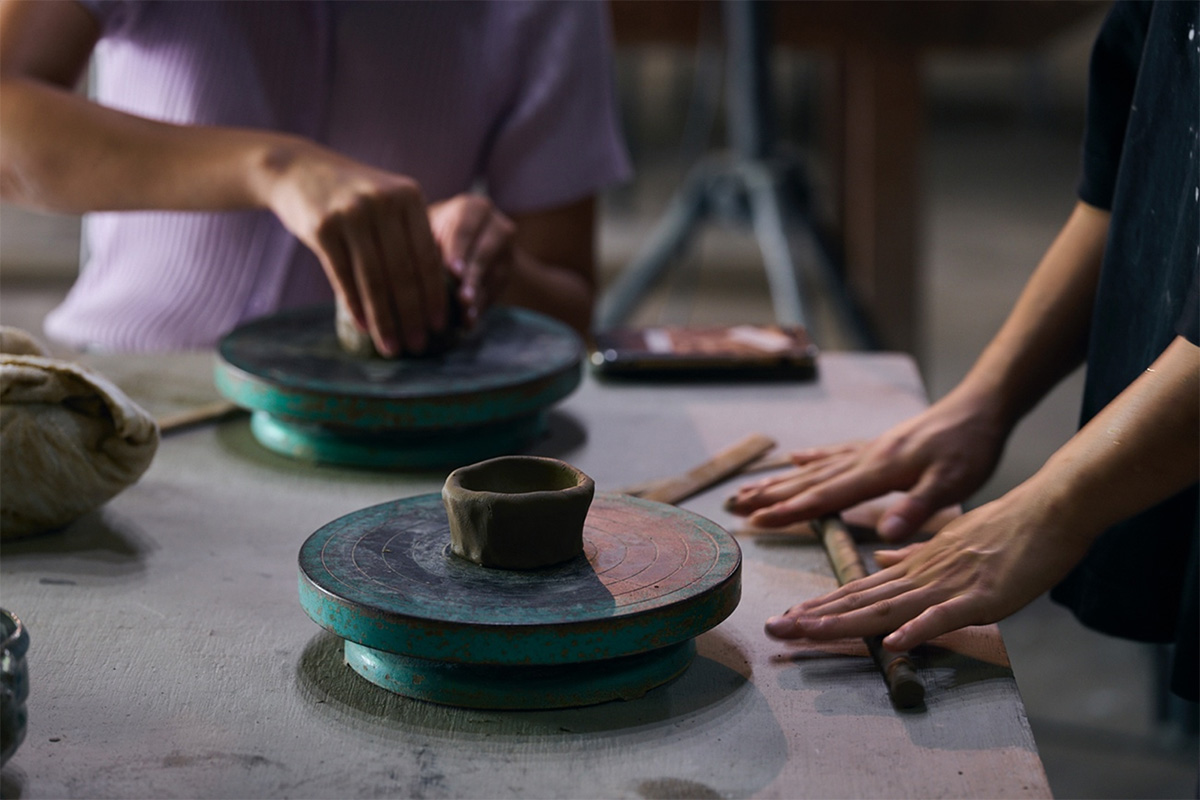
A scene from the pottery experience class. You can create your own work with free imagination while handling Tanba clay using the hand-building technique.
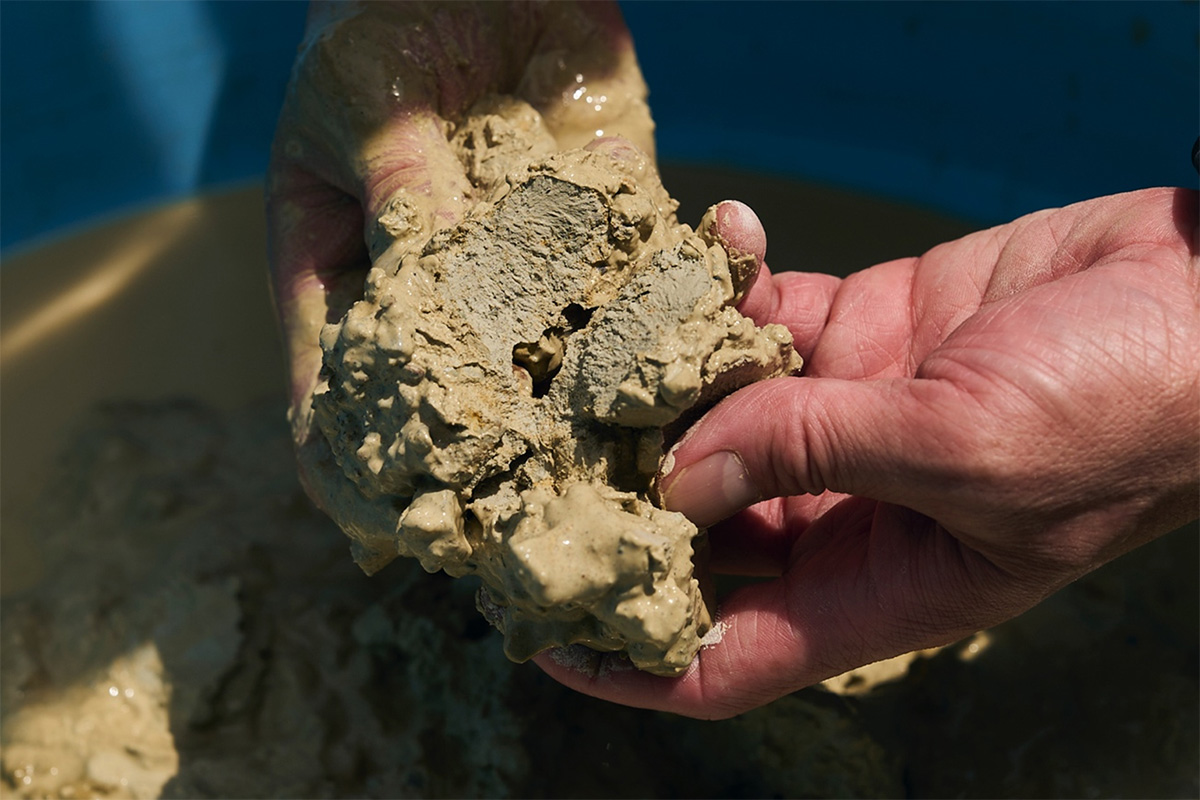
The clay used contains 70% mountain clay from Tanba and 30% clay from rice fields. The photo shows the white clay taken from the mountain, which is mixed with the rice field clay after being stirred and stones are removed.
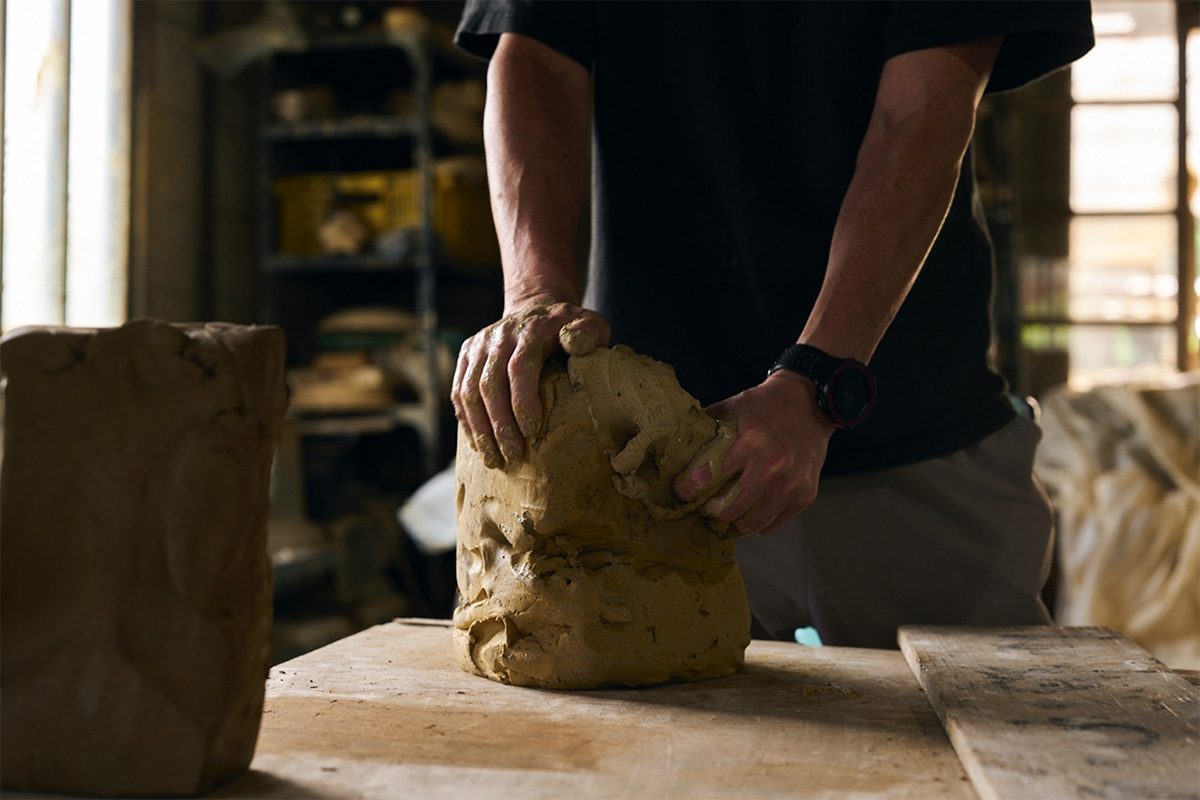
“Good clay does the work for you, so it requires less effort,” says Mr. Onishi.
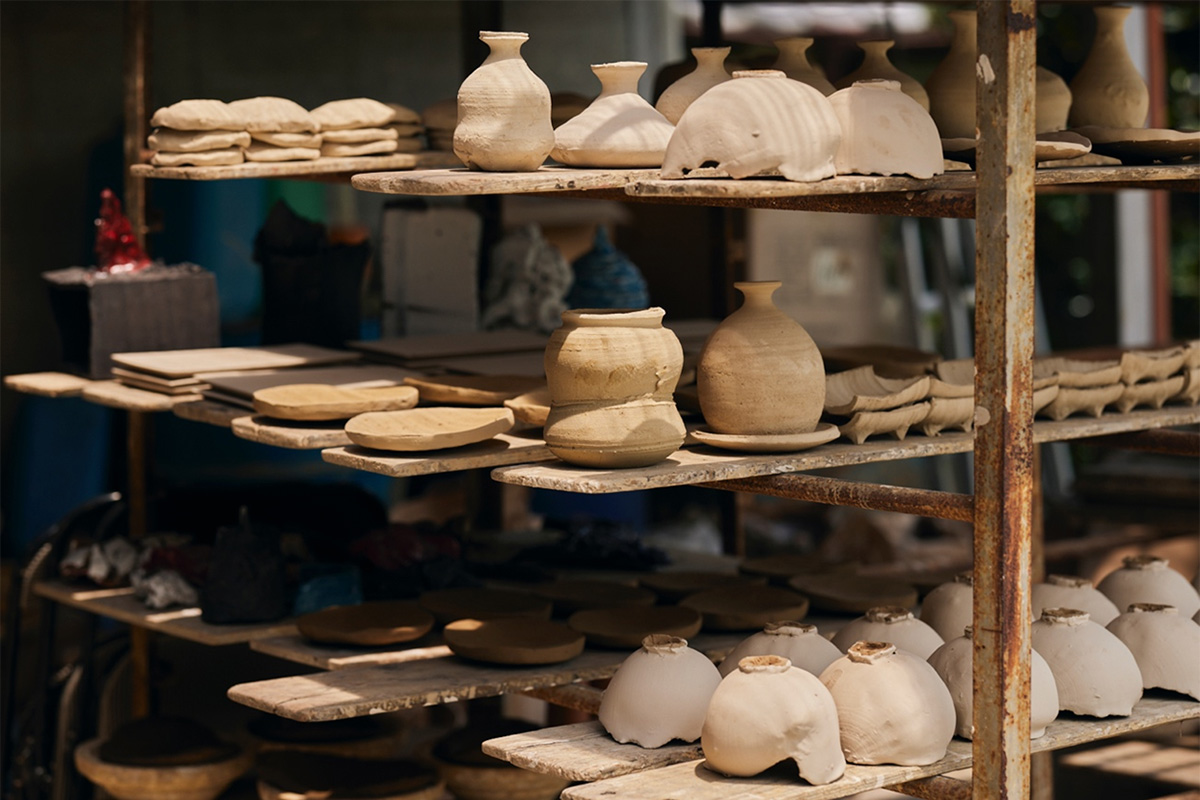
You can also have your created pieces fired in the climbing kiln. *This was something Mr. Onishi casually mentioned during the interview. It links well with the article, so I’ve included it here. If there are any key points to emphasize in this experience, it might be worth mentioning here as well.
Tanbungama
Address: 578-25 Nishi-Aino, Sanda City, Hyogo Prefecture
Phone: 079-568-1031
Business Hours: 9:00 AM – 5:00 PM
Closed: Open every day
Website: https://tanbungama.com/